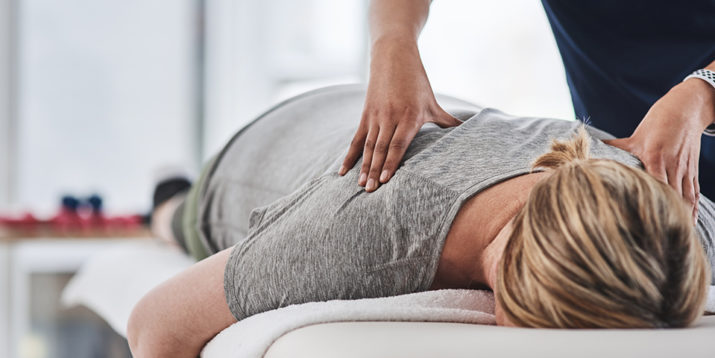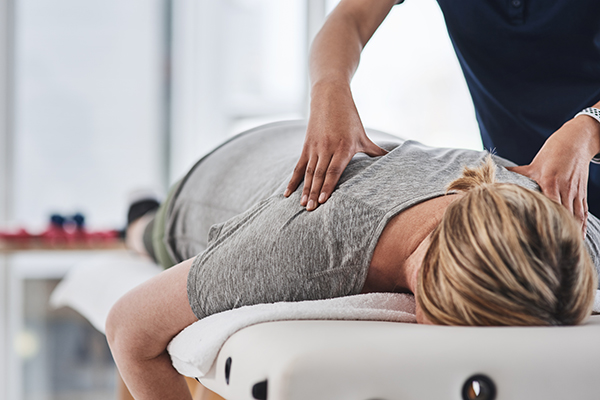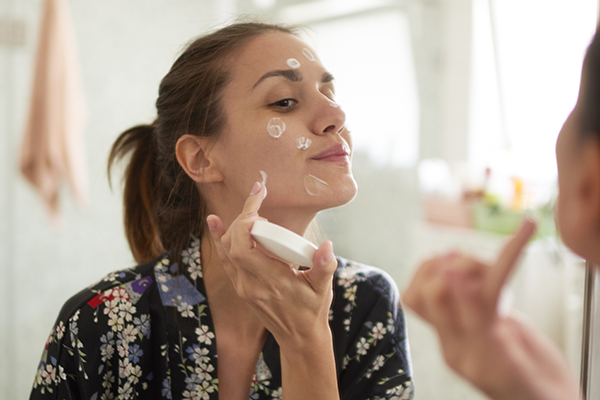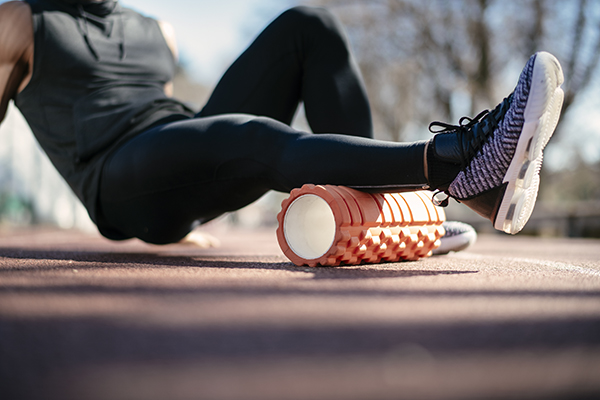Get in Touch With These 7 Benefits of Massage

Don’t let anyone tell you that getting a massage is just an indulgence. There are many real benefits of massage, and like Unstress: 21 Days of Meditation, it can be a regular part of your self-care routine.
There is one caveat, though: “Massage therapy is most beneficial when you receive skilled touch,” says clinical psychologist, clinical massage therapist, and yoga instructor Amy Van Buren, who practices in Fairfield, Connecticut.
“This means that, at the very least, the therapist has attended massage school (not all have!) and is licensed in the state in which he/she is practicing (not all are)!” she explains.
Once you’ve found someone with those credentials, here’s what you may gain from booking that massage.
1. May reduce pain
“Massage can temporarily reduce the sensation of pain,” explains Van Buren. She underscores that you shouldn’t expect the issue to be “fixed,” though.
“When the person relaxes during massage, the perception of pain changes,” she explains, because “a relaxed nervous system is less sensitive to pain sensation.”

2. May help speed recovery
Though a massage won’t “fix” the problem, it may help your body accelerate its natural healing process.
“Massages can help promote blood flow as well as ease muscular tension, which can make it a good recovery tool,” says Cody Braun, CPT.
“When there is a build-up of inflammation, a massage can help move the inflammation and metabolic waste out of the muscles to speed up the recovery process,” he adds.
If you’re dealing with an overly tight muscle from training, consider seeking out a sports massage therapist.
3. May reduce anxiety and depression
“Skilled massage has been proven to affect mental state,” Van Buren explains.
This has to do with the fact that our skin and our brain/nervous system develop from the same cells. “So when you touch someone, yes, you are touching the skin, but you are really ‘speaking’ to the nervous system and the brain,” she adds.
4. May help sleep
Van Buren notes that there’s plenty of anecdotal evidence of this that you may have experienced after an afternoon massage — but there’s research on that link, too.
The American Massage Therapy Association cites 19 different studies that connect massage and sleep in different populations.

5. May make skin care more effective
Facial massages have benefits, too. Face massage seems to boost the efficacy of skin-care products.
Using a massage device in addition to an anti-wrinkle cream showed better results than the cream alone, one study found. The study examined both wrinkles and skin sagging.
6. May lower your blood pressure
Massage can lower blood pressure”because of the calming effects on the nervous system,” Van Buren explains. And those effects can last.
There were significant differences in blood pressure between people who did and did not get a massage even 72 hours after the treatment, one study found.
7. May improve hair thickness
Before you reach for a prescription shampoo, you may want to give massage a try. Research suggests that scalp massage increases hair thickness.
That was the result for men who got 4-minute scalp massages daily for 24 weeks in one study.
A larger study had similar results, with over 68% of the participants reporting that the self-massage scalp treatments stabilized or reversed their hair loss.
How Long Do the Benefits of Massage Last?
Long story short, not long. “Massages are intended to combat the effects of everyday activities, which means that the benefits are temporary,” Braun explains.
But he adds that you can work within this short window to achieve longer-lasting results in other areas, such as using the short-term increased range of motion to work on strength and mobility.
Van Buren adds that learning how to shift where you’re present — from in your head to in your body — can have longer-lasting effects.

How Often Should You Get Massages?
Braun recommends getting a massage every couple of weeks “after you’ve logged a lot of grueling hours and total workload.”
Van Buren suggests listening to your body and mind and getting one when it feels like you need it.
And they say that at-home tools can mimic some of the benefits of massage, even if they don’t replace the treatments completely.
Braun suggests foam rollers and trigger point tools as “more cost-efficient ways to add in some recovery time on a daily basis.”
Massage tools that vibrate can even simulate some of the benefits of a higher cost massage.
But Van Buren says even rolling a tennis ball under your feet can confer some of the benefits.
There is something lost by not getting a massage from a professional, though.
Van Buren explains that our brains try to predict how something will feel — and that’s easier when you’re working on your own muscles. Your brain has to engage more when you get a massage from someone else because it “can’t quite predict what the person will do next.”
